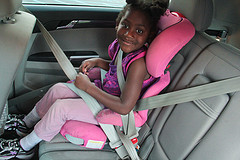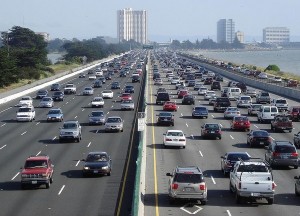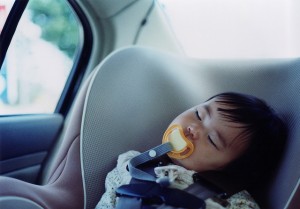The leading cause of death in children between the ages of one and 13 is auto accidents. In an effort to raise awareness about these tragedies and further educate people about keeping children safe in motor vehicles, the National Highways Traffic Safety Administration has announced that Child Passenger Safety Week will take place from September 14 until September 20 and National Seat Check Saturday will be on September 20, 2014 to make sure children are in the correct restraints while riding in a motor vehicle.
There are a many options when it comes to restraining a child in an car – rear-facing car seats, forward-facing car seats, boosters and a traditional seat belt. Age can play a big factor in this decision, but size is the priority. There can be numerous risks for children that are placed in too small of safety seats as well as too large of seats. During Child Passenger Safety Week, communities across Florida will have certified technicians available to educate parents and children about car seat safety.
First and foremost, before installing a car seat, make sure to always read the instructions. Every seat has slightly different installation directions, however there are some universal key points to keep in mind.
Seat location: Regardless of what kind of restraint you are using, it should always be placed in the back seat of your vehicle. Children should not be allowed to ride in the front seat until they are at least 13 years old.
Securing the seat: When a restraint system is properly installed there should be no side-to-side or front-to-back movement of more than an inch.
Proper Fitting of the Seat: Once the seat is securely installed, it is necessary to make sure you child is fitted into the seat properly. Harness straps should lay flat and never be twisted. In a rear-facing car seat, the straps should loop through the back slot at or below the child’s shoulders. In front-facing seats, the straps should be looped through the slot at or above the shoulders. The harness should be secure enough that excess material cannot be pinched at the shoulder. The chest clip should be at armpit level.
 Florida Personal Injury Lawyers Blog
Florida Personal Injury Lawyers Blog








